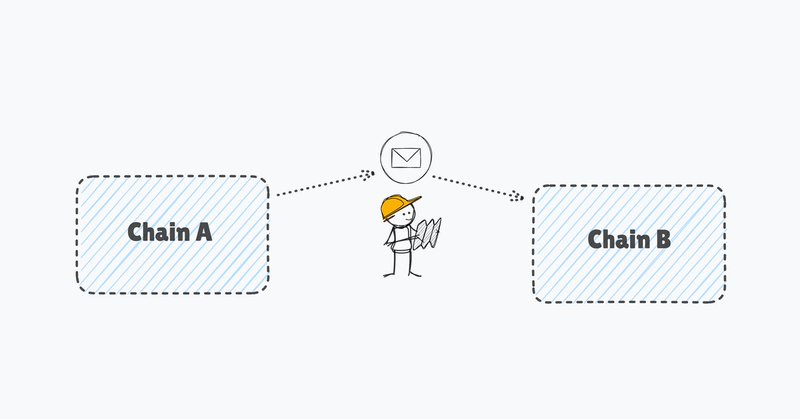
Zaryab
@zaryab_eth
Followers
2K
Following
5K
Media
350
Statuses
3K
Contributor @pushprotocol | Creator & Writer @DecipherClub
Dubai, United Arab Emirates
Joined June 2019
Solidity ABI Encoding is NOT easy to master. But important. And, this is the ONLY article you need. 📢 Releasing Part-1 of the ABI Encoding Article series. best part: It's written for devs of all levels ( ELI5 ). Quick Short Thread ( link below 👇)
16
23
175
with modular future, we will continue to see the rise in specialists with very specific set of expertise. Read more about it in the article below:.
decipherclub.com
An extensive guide on cross-chain verification, verification marketplaces, and modular interoperability future
0
0
0
- @Polymer_Labs : Polymer takes a different approach. Instead of relying on third-party messaging standards, Polymer introduces proof-based interoperability, where state updates between rollups happen natively and efficiently.
1
0
1
3. Verification Specialists.- @sedaprotocol with IVM provides a decentralized, programmable verification framework that is designed to offer customized Oracle programs that can enable verification across all VMs to provide secure and specialized inter-chain communication.
1
2
7
2. Solver Coordination and Intent Fulfilment Specialists.- @khalani_network : A collaborative framework for solvers, addressing limitations in the traditional competitive landscape of intent-solving systems. - @nomial_io : Designed to specifically address liquidity challenges.
1
0
0
1. User Intent Settlement Specialists:.- @AcrossProtocol: an intent settlement specialist that supports the settlement of any cross-chain intent. - @EverclearOrg : Aims to provide infra for efficient and fast settlement of solvers using a netting mechanism.
1
0
2
missed this event this year due to schedule conflicts . but highly recommended . massive fomo team @RareSkills_io.
Excited to let you know about RareWeek, a high-intensity learning + co-working experience in Bali. 📅 8th - 14th September, 2025. The event is specifically designed for security engineers, researchers, and smart contract devs. It’s a curated week of deep technical learning,
0
1
8







